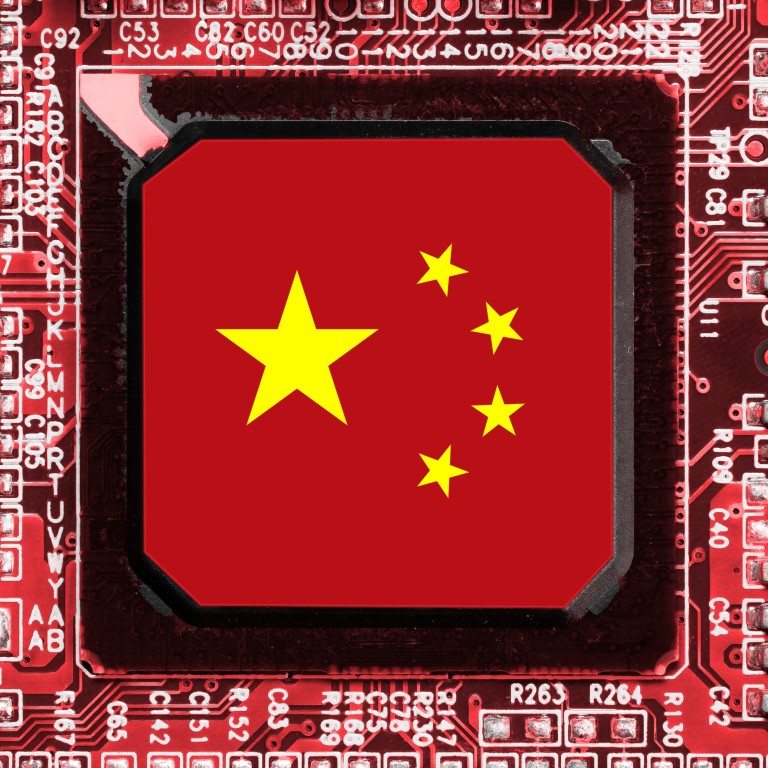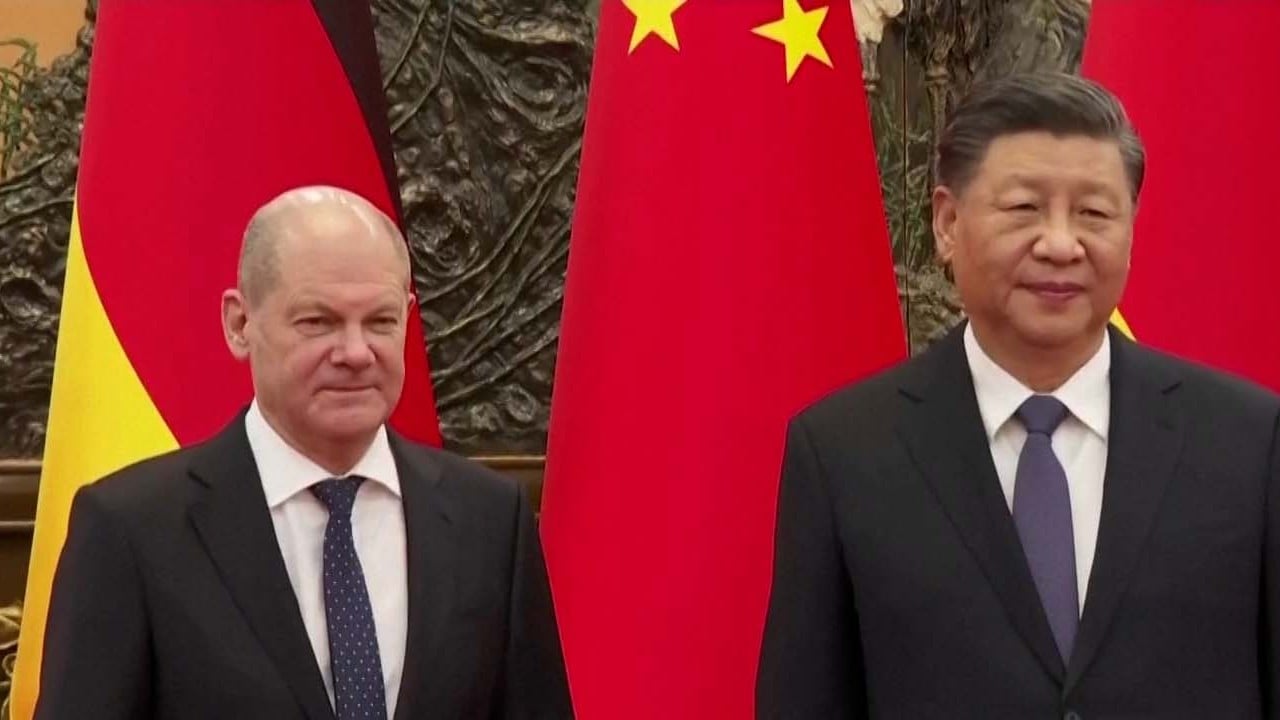
China’s chip imports record steepest drop this year amid manufacturing disruptions, tech war with US, economic headwinds
- Chip imports fell 14.4 per cent to 498.5 billion units in the 11 months ended November 30, down from 582.1 billion in the same period last year
- Semiconductor exports also continued to decline, falling 11.7 per cent year on year to 250.5 billion units in the 11 months to November
Integrated circuit (IC) imports fell 14.4 per cent to 498.5 billion units during those 11 months, down from 582.1 billion in the same period last year, according to data released on Wednesday by the General Administration of Customs. That decline surpassed the 13.2 per cent decrease in the first 10 months of 2022.
China posted a 1.4 per cent month-on-month decline in chip imports to 40.5 billion units in November, down from 41.1 billion in October. Still, that marked an improvement from the previous month, when IC imports tumbled 13.7 per cent from September.
China’s IC exports, meanwhile, continued their accelerated pace of decline, falling 11.7 per cent year on year to 250.5 billion units in the 11 months to November – down from a 10.8 per cent drop in the first 10 months of this year. Total value of chip exports during that 11-month period rose 2.2 per cent year on year.
Semiconductors have long been China’s biggest import, having surpassed crude oil and bulk commodities years ago. But chip imports started to shrink at the beginning of the year, with numbers for January and February marking the first year-on-year drop since the beginning of 2020, according to official customs data.
China’s semiconductor industry on edge as US sanctions slow growth and demand
The accelerated decline in chip imports has also come amid fresh trade restrictions imposed by Washington in early October, which coincided with a global downturn in the semiconductor industry as a chip shortage turned into a glut.
The global semiconductor industry recorded total sales of US$46.9 billion in October, down 4.6 per cent from a year earlier, which marked the largest percentage decline since December 2019, according to data released on Monday by the Washington-based Semiconductor Industry Association.
From chips to visas, US lawmakers stay focused on curbing China


